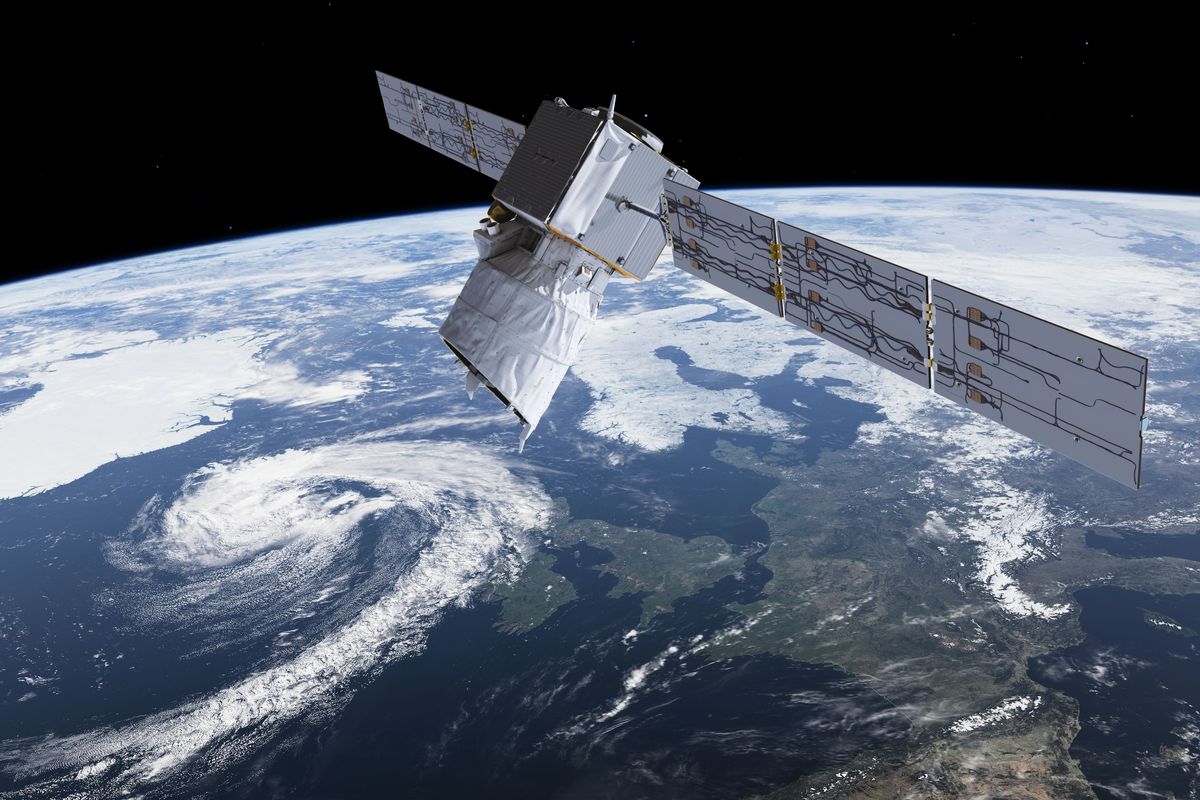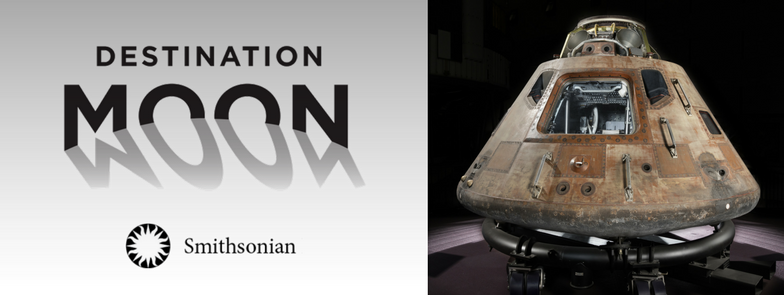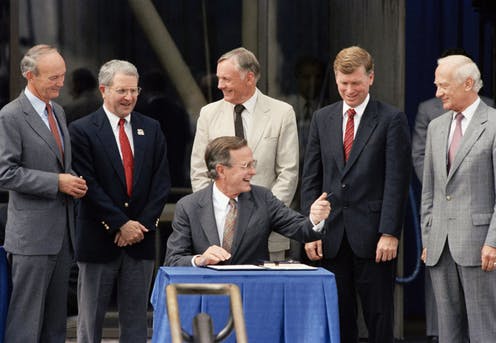
Future of Technology:
The Apollo 11 mission created a legacy that is unlike any other scientific breakthrough in history. The technological advancements needed for the Apollo mission spurred innovations in computers, communication systems, robotics, nanotechnology, aeronautics and so much more. New generations of scientists that now had access to these innovations were inspired to create advanced space stations and spacecraft. The US government increased funding for innovation in the science field after NASA's creation. Super microcomputers and microprocessors lowered the risk of engine failure and software shortcuts. Communication systems now had a wider range of signal, allowing for data to be transmitted faster. Like any technological jump, Apollo 11 opened a door to a world of new prospects.
"The Moon isn’t simply a destination; it is another world, full of things that we see but don’t understand and things we understand but can’t see" - James Donovan (American lawyer and author of "Shoot for the Moon")

After Apollo 11 and its follow up missions, many countries all around the world have launched numerous satelites for purposes such as communication, exploring space, and navigation on Earth in all its corners. https://www.cnet.com/how-to/turns-out-satellite-surveillance-only-sounds-like-a-major-privacy-concern/. Accessed 29 Jan. 2020.
Donald Trump, the 45th president of the United States, signed a plan to create the so called Space Force. The organization's purpose is to teach the new generation of space professionals, organize space exploration and research, and develop space technology for exploration and practical use. https://www.space.com/space-force-logo-star-trek-insignia.html. Accessed 2 Feb. 2020.
Scientific Discoveries:
"This is the greatest week in the history of the world since Creation. Man has reached the highest point in existence" - Richard M. Nixon (37th US president)
The samples that the mission brought back changed the perspective of people both with and without a scientific background on the universe. The Moon could now be used as a resource, similar to the Earth: its contents could be extracted and put to use back on the home planet. Its iron core could be used to make steel and create buildings or manufacture water systems. Lunar soil is primarily made up of basalt, which is utilized in making concrete, asphalt pavement, and railroads. The craters that cover the Moon’s surface are evidence of thousands of asteroids that struck our planetary neighbor and made their permanent mark; in other words, the Moon is a history book of our Earth and its time in the sky.

A traveling exhibit by Smithsonian of Apollo 11 which celebrated 50 years since the mission. It was called Destination Moon, and toured the country from 2018-2019. Next to the exhibit name is the command module Columbia, which was one of the most important parts of the exhibit. The exhibit will now be permanent at the National Air and Space Museum in Washington D.C. https://www.airspacemag.com/daily-planet/apollo-11-artifacts-go-tour-180962247/. Accessed 30 Jan. 2020.
Social Impacts:
The social effects of Apollo 11 took off in many directions; there were those that thought the United States as a country was now capable of anything, and yet others turned to creating conspiracy theories on the legitimacy of the landing. In Mission Control during the Apollo 11 landing, Kennedy's speech flashed on the screen, followed by the words "TASK ACCOMPLISHED, July 1969". The success of Apollo 11 demonstrated the United States' technological superiority. America had now won the Space Race. New phrases permeated into the English language. "If they can send a man to the Moon, why can't they ...?" became a common saying following Apollo 11. The Moon landing became an achievement that would be hard to beat in terms of grandeur and world-wide recognition, however its legacy lives on in companies like NASA and SpaceX.

In 1989, President Bush announced his new Space Exploration Initiative, surrounded by the 3 members of the historic Apollo mission. He hoped this initiative would help the US get another person on the Moon and try to get to Mars. http://theconversation.com/george-h-w-bushs-overlooked-legacy-in-space-exploration-108148. Accessed 3 Feb. 2020.